
"After more than a year of operation in space, Tiangong-1 is still in good condition," Niu said.
"Tiangong-1, with a design life of two years, will likely remain in orbit for further operation after the space docking with Shenzhou-10," he said.
The launch rocket and spaceship have been assembled and are being tested, and astronauts are being trained, Niu said.
"The selection for the crew will begin in early 2013," he said.
China initiated the manned space program in 1992. It successfully sent Yang Liwei, the country's first astronaut, into orbit on Shenzhou-5 spacecraft in 2003.
Yang was followed by a two-man mission that carried Fei Junlong and Nie Haisheng in 2005.
The trio of Shenzhou-7 astronauts Zhai Zhigang, Liu Boming and Jing Haipeng orbited the Earth for three days in 2008, and Zhai became the first Chinese to conduct extra-vehicular activities on Sept. 27, 2008.
China plans to build its own space station in around 2020.
"The space station is a state-level space experimental platform. We will make the best use of it to solve some problems concerning the country's scientific, technological development and people's livelihoods," Niu said.



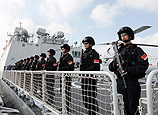
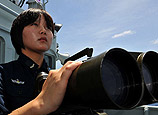
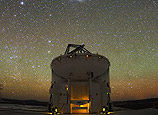
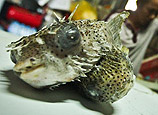

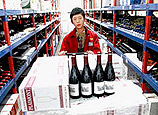
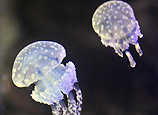







 First alpine rail gets midnight maintenance
First alpine rail gets midnight maintenance


![]()
